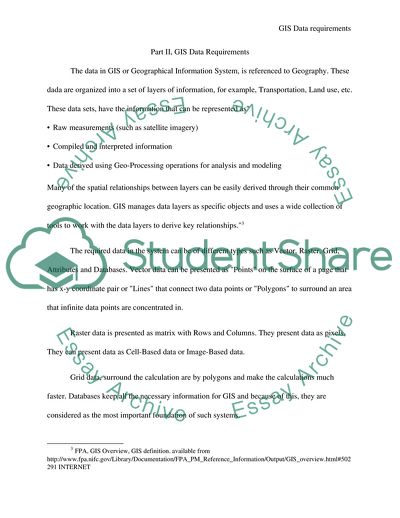Cite this document
(Data Requirements of Geographical Information System Coursework, n.d.)
Data Requirements of Geographical Information System Coursework. https://studentshare.org/information-technology/1707780-it-for-supply-chain-management
Data Requirements of Geographical Information System Coursework. https://studentshare.org/information-technology/1707780-it-for-supply-chain-management
(Data Requirements of Geographical Information System Coursework)
Data Requirements of Geographical Information System Coursework. https://studentshare.org/information-technology/1707780-it-for-supply-chain-management.
Data Requirements of Geographical Information System Coursework. https://studentshare.org/information-technology/1707780-it-for-supply-chain-management.
“Data Requirements of Geographical Information System Coursework”. https://studentshare.org/information-technology/1707780-it-for-supply-chain-management.


